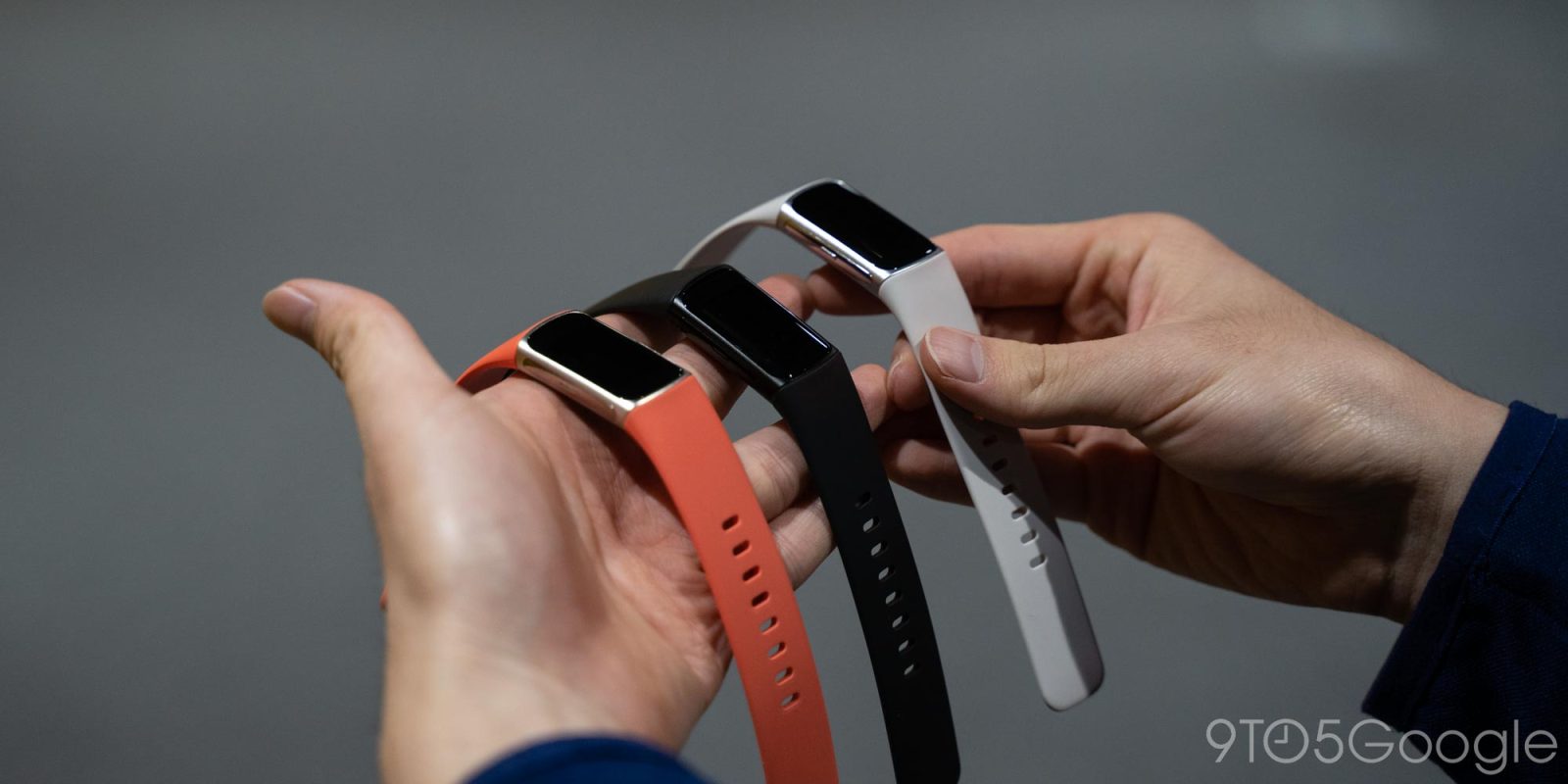
Before the Pixel Watch, I happily used various Fitbit trackers because all the Wear OS 2 options were lacking. Now that a Google-made smartwatch is available, I didn’t foresee pairing any other wearable to my Android phone. The Fitbit Charge 6 changed that, and I very much consider it to be a Pixel Watch Lite.
Table of contents
Design
The Charge 6 is an evolution of its predecessor released in 2021. It’s sleek enough with a case made of aluminum with shiny strips of metal on the sides for ECG readings.
What’s new is a tiny protrusion on the left edge that acts as a home/back/wake button when pressed. This is a haptic button that does not actually click in but does vibrate to provide feedback. I’m glad Fitbit went this route as I’m not a fan of the Sense 2 and Versa 4’s mechanism that physically depressed. A solid state button makes for easier waterproofing and is one less thing that can break. Additionally, in the case of Fitbit, its hardware — to my obsessive eye — does not have perfect build tolerances and is prone to wobbly or misaligned buttons.
The screen, like all Fitbit products before it, does not actually span the entire surface. There continues to be thick black bezels that I wish made way for a bigger screen, especially given what you can now do on the Charge 6, but this is ultimately and unfortunately meant to be an affordable device.
Unchanged from previous years is how most always-on displays only show the time and no other stats, even if it’s included by the full clock face. I wish the AODs were slightly richer – with the date and battery life – at this point.
Changing clock faces requires the Fitbit Android or iOS app and remains a non-instant transfer process. Some faces, like Fast Lane and Sans, allow you to to turn on/off what metrics appear for some degree of customization that older Fitbit faces don’t offer.
You’ll find a row of sensors on the underside, as well as four pins for charging via an excellent magnetic connector that’s identical to before but is unfortunately still USB-A instead of USB-C.
Fitbit OS + Google apps
This Fitbit OS is pretty straightforward with a swipe down for quick settings (Google Wallet, Do Not Disturb, Sleep mode, broadcasting HR to gym equipment, Find Phone, Water lock, etc.), while going up takes you to the Today view of stats. In addition to current heart rate and sleep quality, the battery level and day/date also appear. Swiping left and right takes you to various apps/tiles, including notifications, YouTube Music, and Google Maps.
The YouTube Music experience on the Fitbit Charge 6 appears to the left of your clock face. Launching it notes the current song and artist with the ability to play/pause. Swipe left to skip or rewind, while volume controls are on the next page. Pulling down on the main screen shows your Library of recent Workout-related recommendations, while you can access “Last played” with all other playlists, songs, and albums at the very top.
If you haven’t used YTM for a while, tapping the Charge 6 tile starts a quick pairing process that takes a second or two to launch the app (in the background) on your phone.
I would have been happy with just playback controls, but the ability to browse, including starting the Liked Music playlist, is genuinely useful. Controlling audio is something I do so frequently on the Pixel Watch that I have a dedicated complication for music to resume playback when the indicator at the bottom of the watch face disappears. Because YouTube Music is my streaming service of choice, the transition to the Charge 6 was natural. Not being able to control audio from any media app, like my podcast player of choice, is unfortunate, but this is enough for me.
What’s barely enough, however, is the screen size. A good media controls experience would place play/pause, next/last, and volume all on one screen. That’s simply not possible on the Charge 6, and it feels like you have to adapt your usage to the swipe-heavy nature of the UI. While possible (and functional), it’s annoying and has to change on a next-generation device.
You can also start Google Maps navigation and get turn-by-turn directions on your wrist, with the ability to pause/resume. You have to start directions on your phone first and then launch it on the Charge 6. Upon arrival, there’s an activity summary if you were walking or cycling.
Other applets let you quickly start exercise, with the ability to browse through all the exercise modes, set alarms/timers, and perform an EDA scan or ECG reading.
Google Wallet is the third new service available on the Charge 6, and it’s accessed by swiping down from the clock or double-tapping the home button. You have to manually launch Wallet because NFC is not active in the background all the time. Before making a payment, you have to enter a 4-digit pin that’s entered using a tedious vertical numeral picker rather than 0-9 pad (as that wouldn’t fit on the screen we have today).
After entering a pin, Google Wallet is unlocked for 24 hours from your last transaction or until you take off the Charge 6. Tap-to-pay, with multiple credit/debit cards able to be added, are another big thing I increasingly use my Pixel Watch for, and the Charge 6 lets me keep doing that.
The Google apps we don’t have that I wish we did are Calendar (to see my daily agenda) and Weather. Besides the current temperature and forecast, I’ve grown very accustomed to seeing a countdown to sunset on my Pixel Watch.
A notifications feed appears to the right of the clock face. You can set-up the following alert categories on the Charge 6:
- Calls: Answer (on paired phone) or Reject (to voicemail). The caller’s name will appear if they’re in your contacts list, otherwise you just get the number.
- Text Messages: You select a default app, such as Google Messages, WhatsApp, or Signal, with the ability to send one of five predefined text “Quick Replies” – yes, no, etc. – or emojis that you’re able to customize.
- Calendar Events
- Emails
- App Notifications: You have to toggle the ones you want enabled.
Fitness + Health
In running with the Charge 6, the results are on par with the Apple Watch Series 8 on my other wrist. When working out, you can pull down on the screen to access YouTube Music controls and browse your library.
There’s automatic exercise recognition for walking, running, and biking (the latter has to be enabled by the user). In all, the Charge 6 currently supports the following exercise modes:
| Aerobics | Golf | Pilates | Stair Climber |
| Bike | HIIT | Powerlifting | Strength training |
| Bootcamp | Hike | Rollerblading | Surfing |
| Canoeing | Indoor Climbing | Rowing Machine | Swim |
| Circuit Training | Interval Workout | Run | Tennis |
| Core Training | Kayaking | Skating | Treadmill |
| Cross Country Ski | Kickboxing | Skiing | Walk |
| Crossfit | Martial Arts | Snowboarding | Weights |
| Dancing | Outdoor Workout | Spinning | Weightlifting |
| Elliptical | Paddleboarding | Sports | Workout |
| Yoga |
The Charge 6 adopts the same AI and ML approach to heart rate as the Pixel Watch. It does not offer per-second heart rate readings, but the new approach contributes to more accurate sleep tracking and Active Zone Minutes (AZM), which is a metric of how hard you’re working and something I find myself increasingly paying attention to alongside step count.
That “advanced” machine learning algorithm results in up to 60% more accurate heart rate readings (compared to previous Fitbit trackers) during HIIT, spinning, rowing, and other vigorous activities. There’s also support for high and low heart rate notifications.
Meanwhile, broadcasting your HR requires newer gym equipment from iFit, NordicTrack, Peloton, Concept2, or Tonal that supports the Bluetooth Heart Rate Profile.
As a dedicated fitness tracker (instead of a smartwatch with health features), Fitbit can dedicate a swipe up on the clock face to a feed of metrics. It’s a minor distinction, but I like the simplicity of being able to see steps, distance, Active Zone Minutes, and other stats immediately without being tempted by info-laden Wear OS Tiles (like email and calendar).
Performance + Battery Life
The UI is quite responsive and snappy with animations bordering that of a smartwatch. Waking the screen requires a double-tap that’s slightly clunky, and that’s where the side button comes in. All interactions – activating the screen, returning to AOD, etc. – with that input method are instantaneous in a clear upgrade over the Charge 5’s touch-only approach to controls.
Fitbit rates the Charge 6 as offering seven days of battery without the always-on display disabled. Given the minimal battery drain I’ve experienced when sleep tracking with the screen off, that more than checks out. On the original Pixel Watch, the battery would consistently consume 9-10% overnight (~8 hours) from 100% with Airplane Mode and Battery Saver. On the Charge 6, it’s 3-4% with Sleep Mode (and the AOD disabled).
However, I used the Charge 6 as a smartwatch through and through this week, with notifications from Google Messages and Calendar active. With the always-on display enabled (7 a.m. to 6 p.m.) and the Charge 6 on my wrist from 12 – 7 a.m. before that for sleep tracking, I got two full days and nights of battery life from a full charge with an exercise session (running with GPS), notifications, and YouTube Music controls. I did turn off raise-to-wake off in favor of hitting the screen and button.
I wish the AOD would turn off when it was off-wrist, but you can manually enable Sleep Mode from Quick Settings to conserve power when not in use. That also mutes notifications and dims brightness. You can also schedule “off-hours” to automatically have the always-on screen go dark.
Pixel Watch Lite
The Fitbit Charge 6 has the Google services I use most on the Pixel Watch. What should have been a downgrade given the lack of Wear OS 3/4 was decidedly not that. Rather, I viewed it as going from a full-featured smartwatch to just the key basics.
What hurt most was the notification experience due to the narrow screen and inability to get a full messaging/notifications experience. While I could send basic replies to texts (and select other messaging apps), I cannot open a full conversation history, which is something I frequently do on the Pixel Watch with Google Messages and WhatsApp.
However, in exchange, I got two full days of battery with the AOD enabled, music controls, GPS exercise, and sleep tracking. You also shouldn’t discount how much smaller the Charge 6 is compared to a smartwatch. It’s meaningfully thinner and weighs less to the point you barely feel it on your wrist at times, which is amazing for sleep tracking.
Not everyone might not like this trade off of poorer notifications and no full-featured apps, but the Charge 6 now does enough smartwatch basics if you’re in the Google ecosystem. While most people are fine with a mini-smartphone strapped to their wrist, others aren’t. The simple and discreet fitness tracker is the alternative.
The Fitbit Charge 6, however, is more than just a fitness tracker. YouTube Music and Google Wallet for me – Google Maps too for others – truly elevates it and gives you an experience that is closer to a smartwatch than ever before. Again, the caveat is that you have to be pretty ingrained into Google services. Overall, it’s a start to my call for premium trackers and a form factor that Fitbit should keep iterating on after creating a promising foundation with the Charge 6.
Where to buy Fitbit Charge 6
FTC: We use income earning auto affiliate links. More.





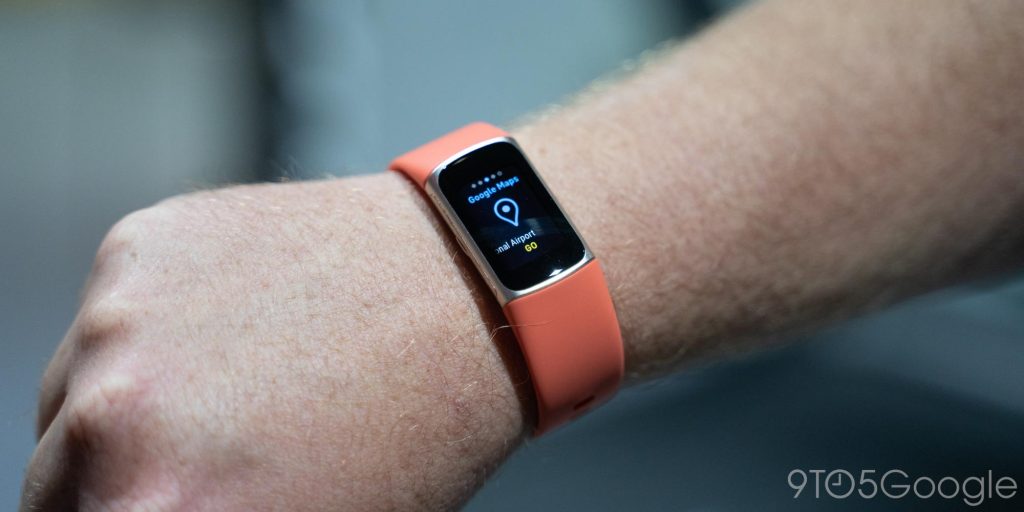
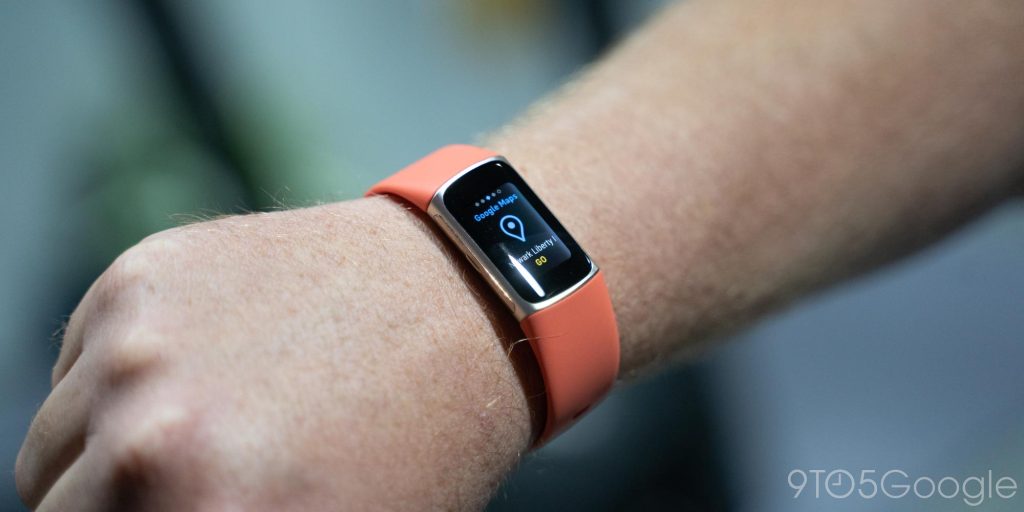
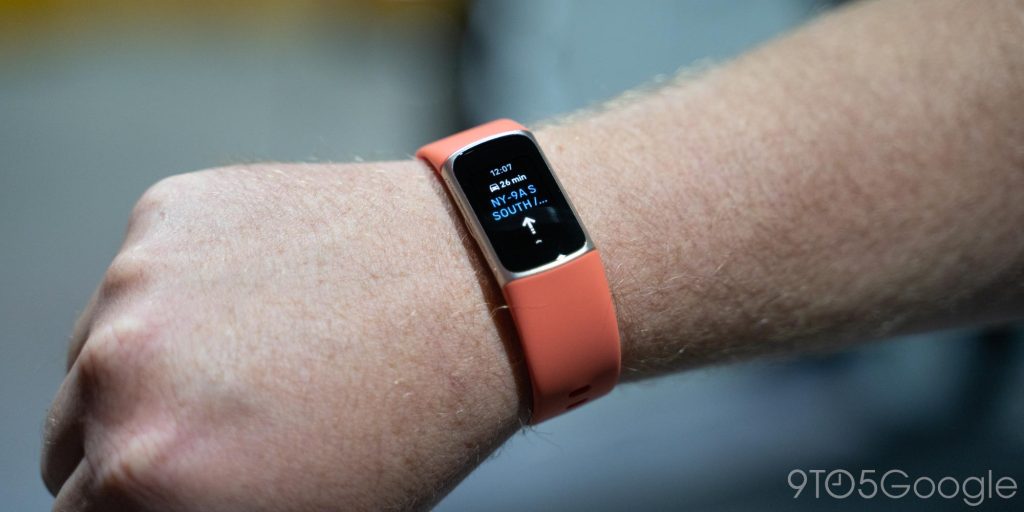
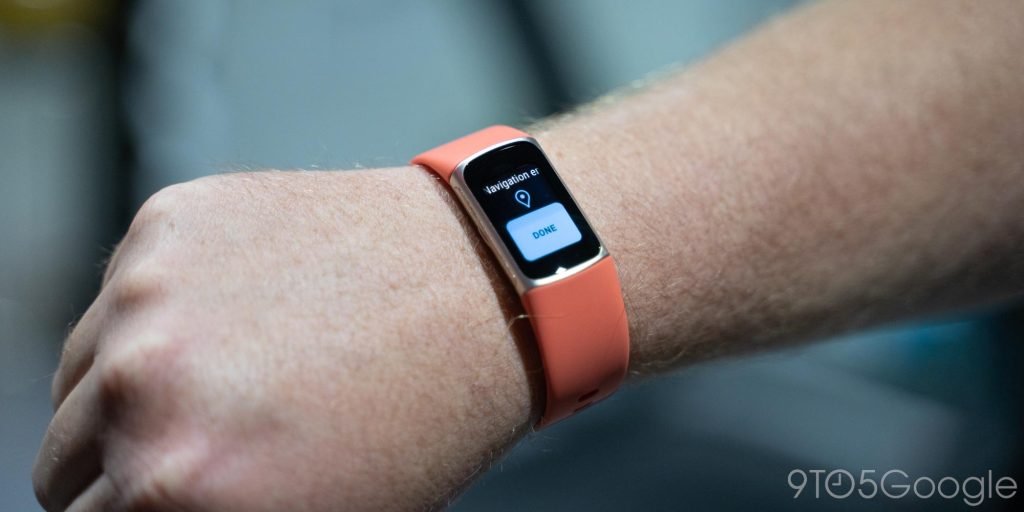











Comments